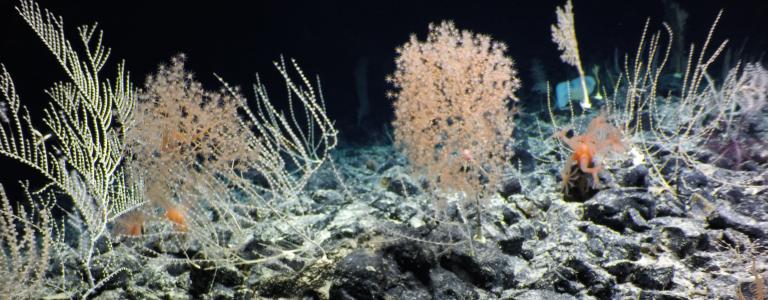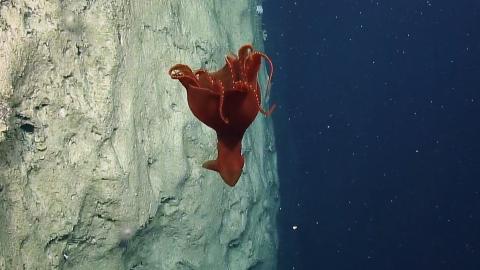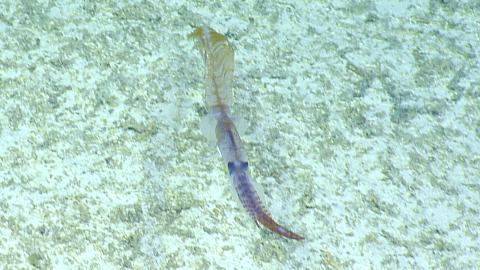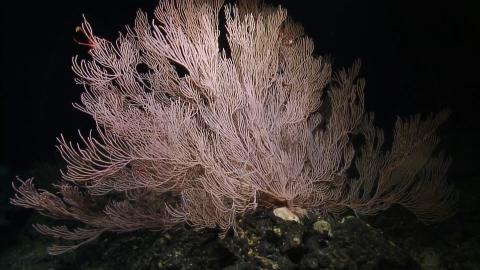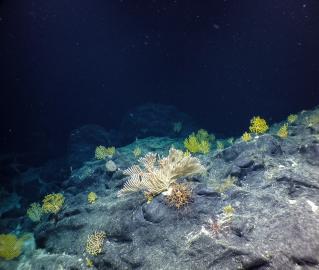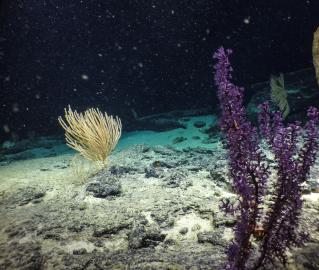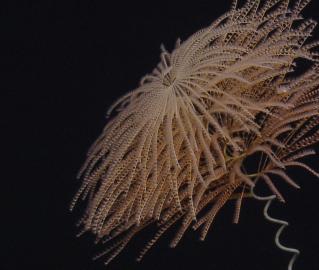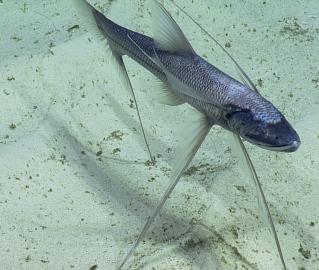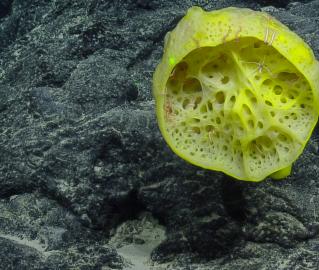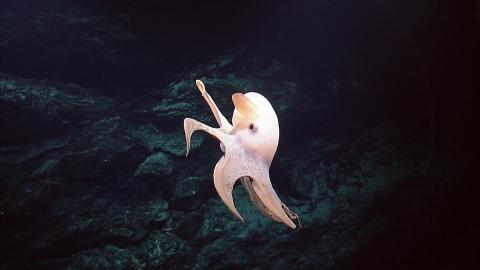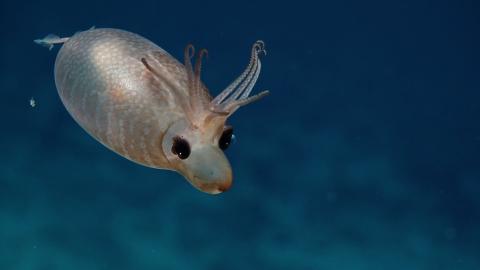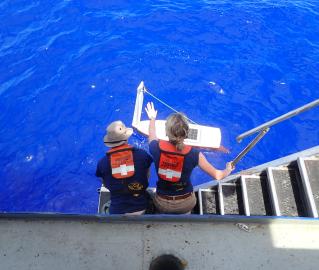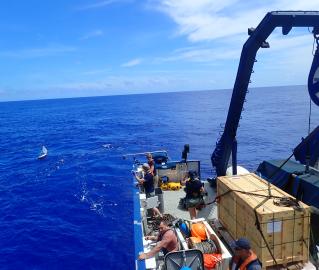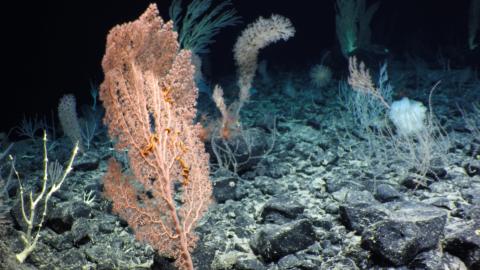Deep waters in the remote central Pacific remain some of the most poorly studied environments on Earth. This expedition will focus on exploring deep-water features in the vicinity of Kingman Reef, Palmyra Atoll, and Jarvis Island within the Pacific Remote Islands Marine National Monument. The waters of these remote Pacific territories are among the least explored U.S. holdings in the Pacific Ocean. Expedition objectives will focus on characterizing the seafloor using bathymetric mapping systems where no previous mapping has been conducted or significant gaps exist. Visual seafloor characterization will be conducted using ROV dives on features that can add to the knowledge of geological, biological, and oceanographic patterns and processes in the area.
The Pacific Remote Islands Marine National Monument (PRIMNM) is among the largest marine protected areas in the world, but remains poorly explored due in part to its spatial isolation. Shallow-water environments in PRIMNM contain biodiverse communities of fishes and coral species and terrestrial environments are important habitats for seabirds colonies. While the diversity of species in shallow waters is relatively well known, deeper waters are not. In recent years there have been a few but growing list of expeditions to explore deep-sea environments within the PRIMNM units of Kingman & Palmyra and Jarvis Island.
Seamounts are likely to be the most abundant features to be explored on this expedition, both to survey mineral crust zone regions and add to provide additional constraints on the complex volcanic/tectonic history of the Line Islands, as well as survey biological communities. Deep-sea corals and sponges are some of the most abundant large organisms observed on the deep seafloor, yet many questions remain about their distribution and diversity on seamounts, islands, and atolls in the central Pacific. Given the remoteness of these territories, and lack of previous exploration, it is expected that the chances of encountering new species is high. High-resolution seafloor mapping and characterization of vulnerable or sensitive habitats within these areas will greatly support management and conservation efforts in the area.
Sponsored by: NOAA Office of Exploration and Research
